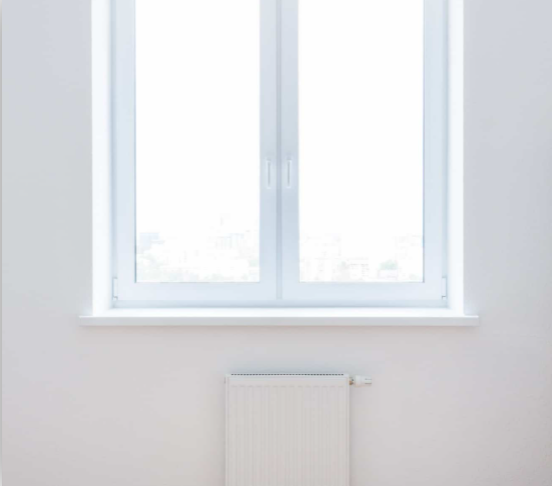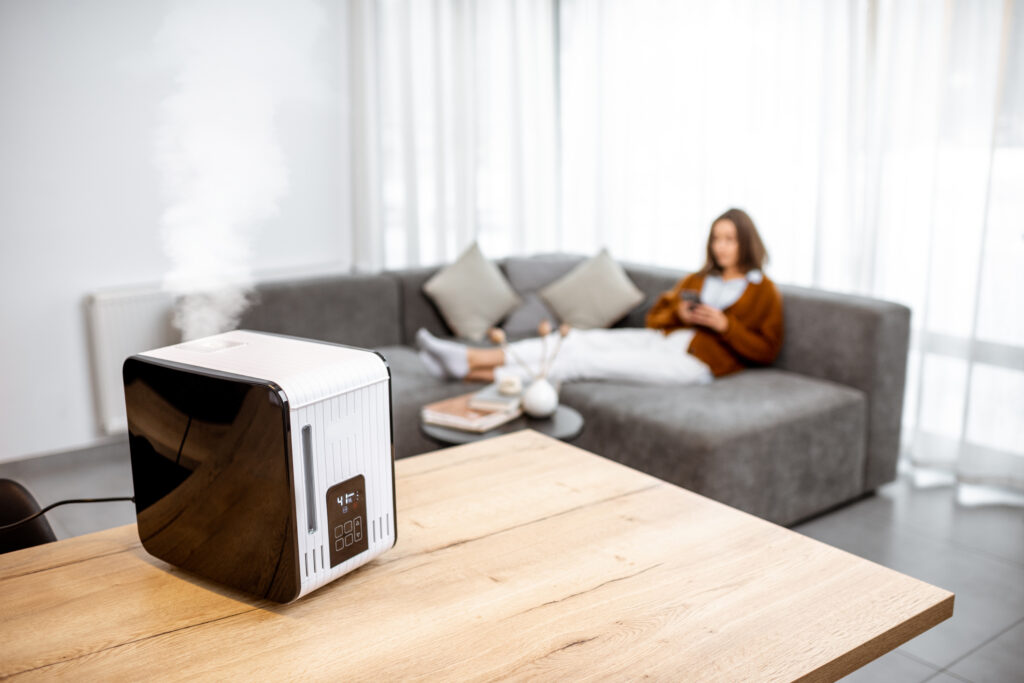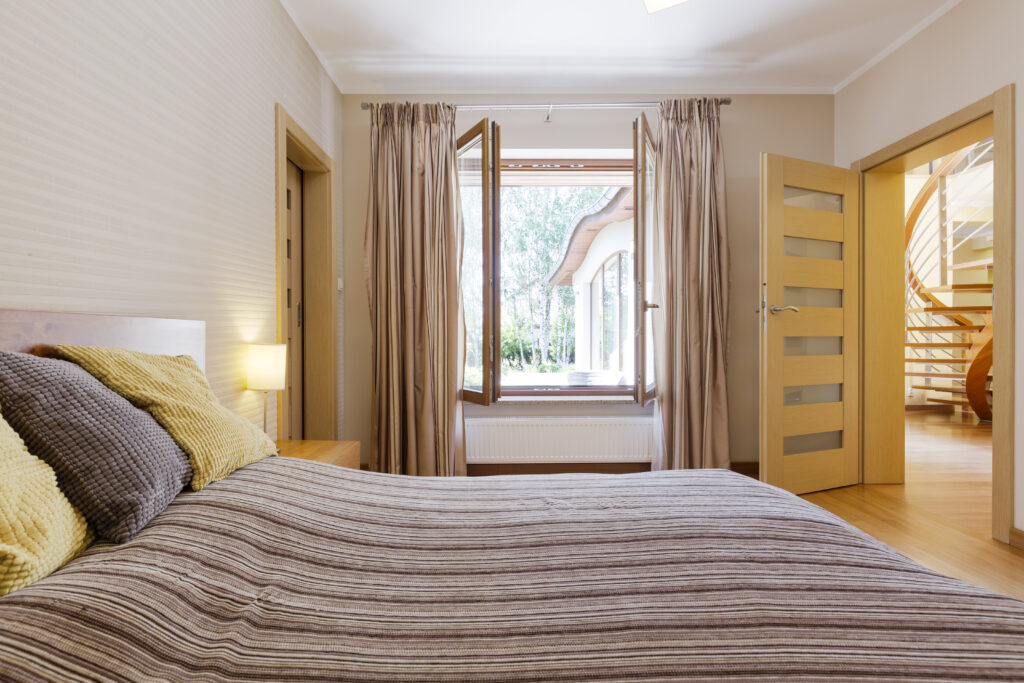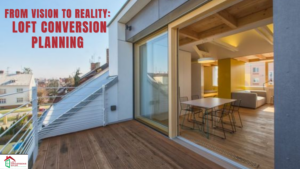Condensation in loft space is a problem where moisture builds up on the inside of a building, most often in areas where there are large masses of warm air, such as just above pipes, radiators or windows. This especially becomes a problem in the colder months. The humid air that condenses on a colder surface of these objects cools and evaporates into the surrounding area. Causing excessive condensation. This process can cause water to drip continuously down walls or create pools of water on the floor. Condensation build-up also commonly occurs in ceilings when dampness settles into gaps around window frames and other openings, which raises moisture levels in these areas.
Steps for preventing condensation
Although steps for preventing condensation vary from building to building, some general tips can help to prevent the build-up of moisture and reduce the risk of condensation.
Keep doors and windows closed: Keeping these areas closed in a loft space will limit the amount of cold air flow entering the area and will also keep warm airflow from escaping. This creates adequate ventilation and acts as a vapour barrier on cold surfaces.

Use dehumidifiers: These devices can help to remove water vapour from the air and prevent condensation in lofts by working as humidifiers. They are not as effective as using extractor fans, so they should only be used when needed.

Install insulation: Installing insulation is a great way to reduce the risk of condensation because it reduces heat loss through walls and can block cold drafts. It will also make your home more comfortable and save you money on heating costs. Also if your loft hatch is poorly insulated this can contribute to condensation. Insulation prevents moisture build-up and helps with ventilation issues.

Good Ventilation: Lack of ventilation and poor ventilation can cause excess humidity and issues with condensation. If you are experiencing dampness around your loft. These are some obvious signs that you should increase ventilation with the DIY solution, partially opening windows, as long as it’s for short periods throughout the day. If you leave windows open too long this will only make condensation worse.

Tips for drying out condensation
Cleaning up condensation by drying out the area, not only makes your home more breathable but also helps prevent mould and mildew growth. Here are some tips for how to prevent this if you are seeing signs of condensation.
- Consider opening windows and doors to the outside. Some areas of buildings may be warmer than others. To determine if the whole building is too warm, try opening one window or door before deciding on whether or not you should turn off your central heating. If it’s not too humid outside and the window or door is open, it will help remove moisture from the building’s interior by pulling in the fresh air that has been stripped of its moisture content as it passes through the opening. This will also make sure that your central heating does not have to work harder when you do switch it off for the night.
- Open all of your windows and doors on different levels of your home so that they get equal access to fresh air coming from outside. This will help prevent any pockets of humid air from gathering inside your home which would cause a build-up of condensation on walls and ceilings in those specific areas
- When cooking and using the oven, you should aim to keep windows and doors open, and use the extractor fan, this will remove any water that has been evaporated using heat, which will massively reduce your chances of condensation.
Conclusion
Condensation in loft space can cause several problems for you financially and health-wise. Black mould can be caused by the moisture issues that come with condensation in attic. The average cost of black mould removal in the UK is £225, so it is better to prevent this from happening rather than paying the costly price. Severe condensation in loft space can cause window frames to decay. Moisture issues can even cause multiple health problems such as respiratory infections and asthma.
1. Keep the air vent free of debris.
2. Keep the windows closed when not in use.
3. Cover your windows with a delicate cloth when you’re not in the room.
4. Seal up your attic/ loft space if you’ve discovered condensation there.
5. Adjust the humidifier settings so it doesn’t produce too much moisture in your home.
Here at Loft Conversions Wales we help individuals plan and prepare for their dream loft conversion. Within the plan we also ensure a 10 year guarantee on the main structural elements of your loft conversion plan.


